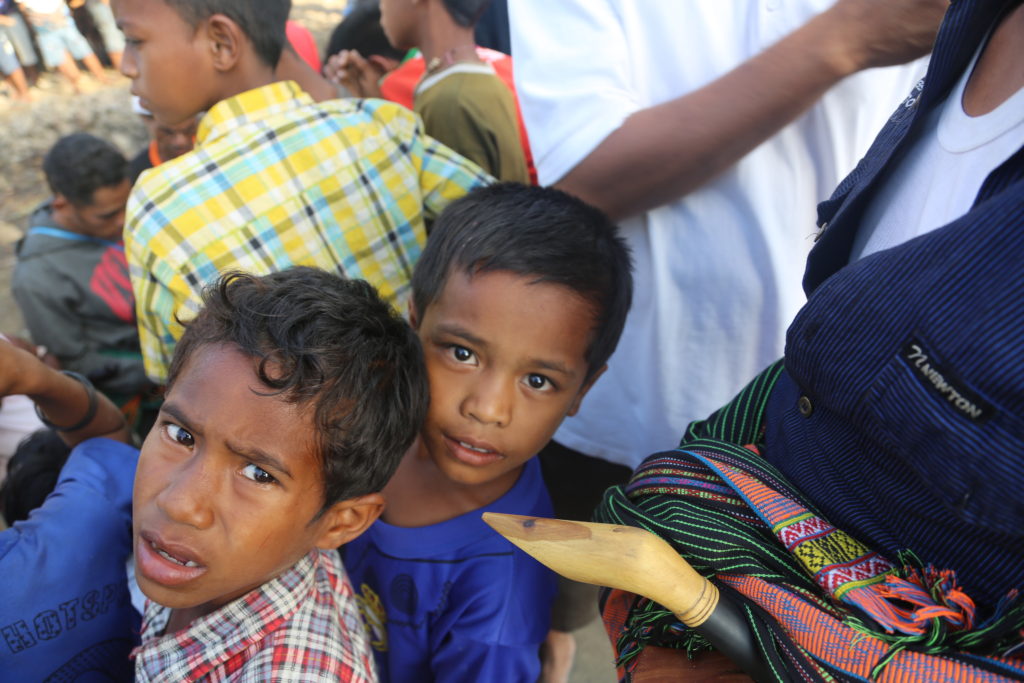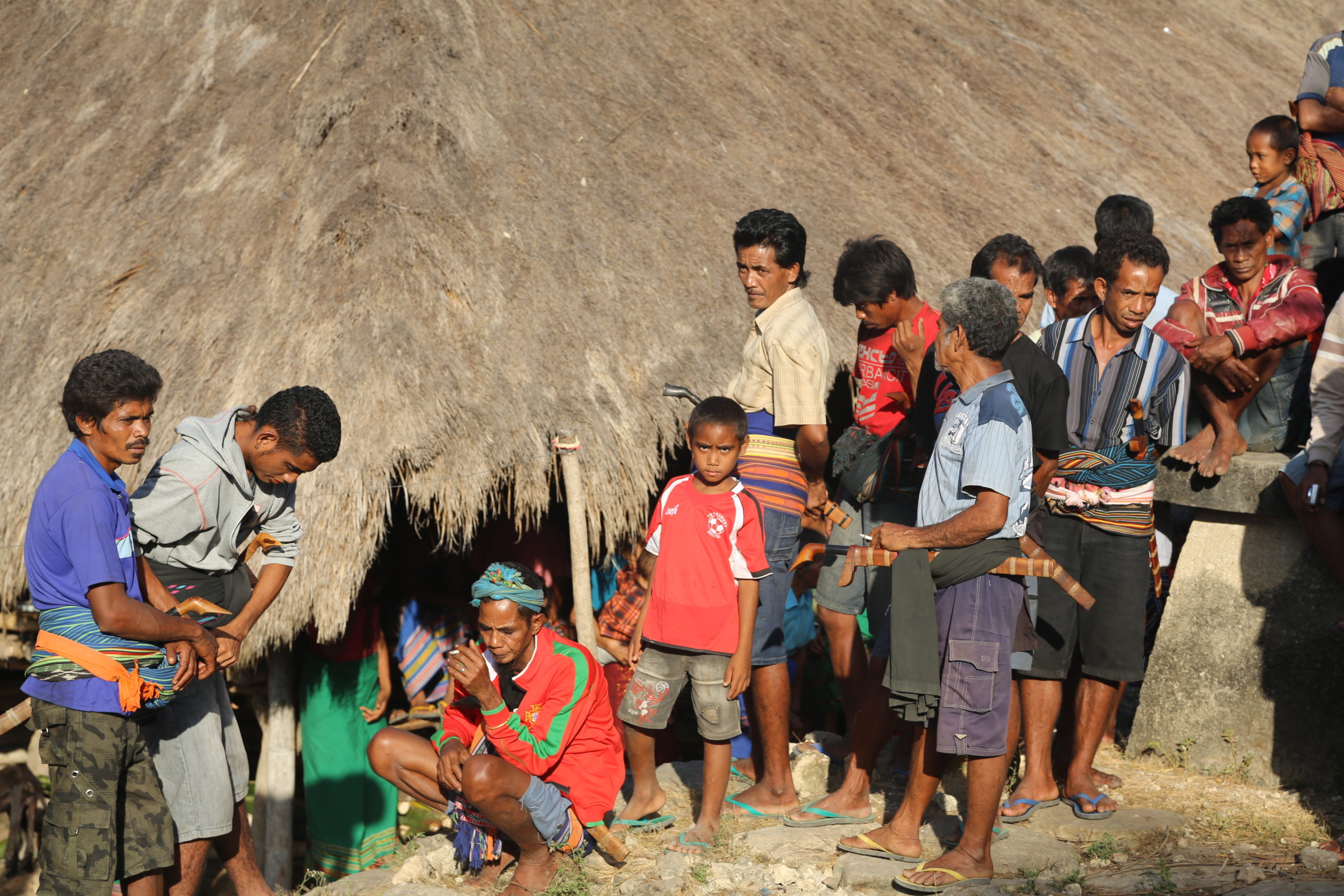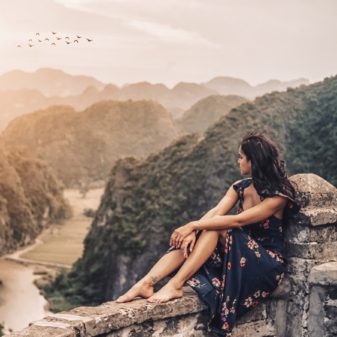(UPDATED 2020: I wrote this post a few years ago when I ate meat on a daily basis. Now that my diet is primarily plant based, it makes me think of how awful the slaughter houses are in the United States. At least these animals get to live a caged free life and are loved by the people of the village before their death. Still, I think more humans need to educate themselves on animal welfare as a lot of humans mistreat animals.)
This blog post might not be for everyone. It discusses real animal sacrifices that are still happening in another part of the world. But for those who want to learn about the ancient traditions of Sumba, an island located in Eastern Indonesia, this post is for you.
Sumba Island is the only island of Indonesia where a majority of the population still practices the same traditional beliefs and rituals as their ancestors did thousands of years ago. They are one of the poorest parts of Indonesia.
I was staying at Nihiwatu, a luxury resort on Sumba Island. It was our first dinner when Terry Simmons (a world-renowned surf coach) told us, “We have been invited to a funeral at one of the villages close by. The funerals are super gnarly with lots of blood every where! They sacrifice buffalo, pigs, and sometimes horses.”
Our invitation came because the grandfather of Canella, one of the girls who works at Nihiwatu, had passed away.
As a traveler I always like to experience new things, but at the same time I was really nervous about this all. The idea of seeing animals slaughtered in front of me was scary. I am an animal lover!
But I decided I could not turn down the chance to learn more about an ancient culture. The funeral was on Monday and we found out about it on Thursday. I had only a few days to mentally prepare.
* * *
THE FUNERAL
The day of the funeral it was all I could think about. We had to dress in traditional Sumbanese attire. Men had to wear skirts and carry Sumba swords. I had to wear a long skirt and make sure my shoulders were covered. Dressed this way, we got in a car and drove to the funeral. The smooth paved roads turned into bumpy rocks and as I looked out the window I saw untouched land full of plush greenery. It was a 15 minute ride, full of beautiful scenery, before we arrived at the village.
The moment we got out of our car I sensed everyone staring at us. It was all local villagers. We had to walk up a hill, and then we were greeted by a man who was dancing. His eyes were blazing and his mouth, bright red from betel nut. He whipped out his sword with a grin, hoping back and forth on each foot. I couldn’t look away!
After his dance the man led us to the village. It was packed with people staring at us. It felt a bit strange, but don’t worry, they were just curious. There are not many tourists in Sumba. This means you sometimes get more attention than you want, but you also get to experience a village that is true to its nature.
I felt very honored to be there.

I remember Terry warned me that the head of the village would offer us interesting tea and betel nut. “Its an absolute insult if you do not accept it so just take it.” Most of the people chewing the betel nut had bright red teeth, or no teeth at all. Luckily I was not offered any.
Quickly, everyone started to huddle around in this center ring. They had us hop up on stones, which I later found out were tomb stones filled with dead bodies. Tinus, our Mori Uma (Butler) from Nihiwatu told us that the horse was first to be sacrificed.
I could feel my heart beating in my chest. Ah man, why does the horse have to be first? I thought. I love horses.
It turns out the horse is sacrificed for people that are high up in the rankings. They sacrifice the horse so that the diseased can ride the horse to heaven.
As we awaited the sacrifice I looked around and noticed that it was all men standing around us. The women stayed in their villages with the children. Some curious kids would jump up and sneak around the sacrifice grounds see what was going on.
Still there was no sight of any horse, and I was beginning to feel tense. Maybe this had been a bad idea? I thought. I looked behind me. I was standing on a tomb stone, and there was a small rock cliff behind me. I wanted to be able to make a quick escape. But it didn’t look like that would be possible.
Next thing I know three men were corralling a beautiful light brown horse dressed in a traditional hand-woven ikat textile. The horse had a red headdress on that reminded me of a Mexican piñata.
The man with the red mouth who had greeted us started to dance again. Back and forth on one foot, and then the other. I felt my heart beat faster with each step he took. And then in a rapid movement he cut the horses neck, and blood began to squirt everywhere.
Woaaaaaah! What the hell did I just witness?
I had to look away. It was a bit traumatizing.
It wasn’t over yet though. A group of young men started leading water buffalo’s into the ring of people. I’m going to save you the details of what happened next because it was brutal. But all around me men were cheering. This was very exciting for them!
I later learned that most of them eat rice and vegetables every day. So a sacrifice was a chance to eat meat, and this adds to the excitement. They use every part of the buffalo.
In the end there was the slaughter of one horse and nine water buffalo. It was one of the most barbaric things I have witnessed and it was very intense.
Still I want to share this story so that you can learn something new about a culture very different from our own. It is horrible to witness the slaughter of innocent animals. But these are ancient traditions with a lot of meaning behind them. It also means that very malnourished people get a chance to eat meat. In the end everyone has their own perspectives on life (what is good and what is bad). I am grateful for the chance to experience something so different from my own culture.
It was an experience I will truly never forget.
Now that my diet is primarily plant based, it makes me think of how awful the slaughter houses are in the United States. At least these animals get to live cage free and loved by the village before their death.


